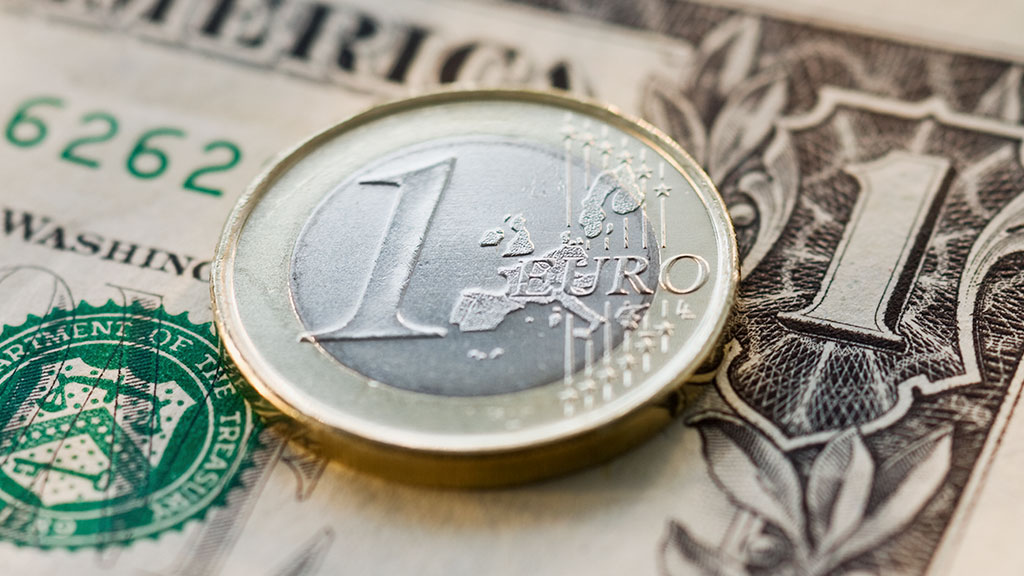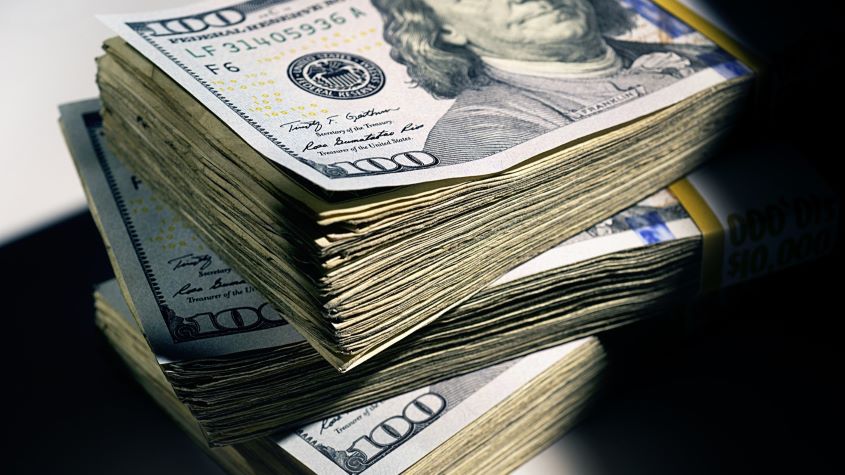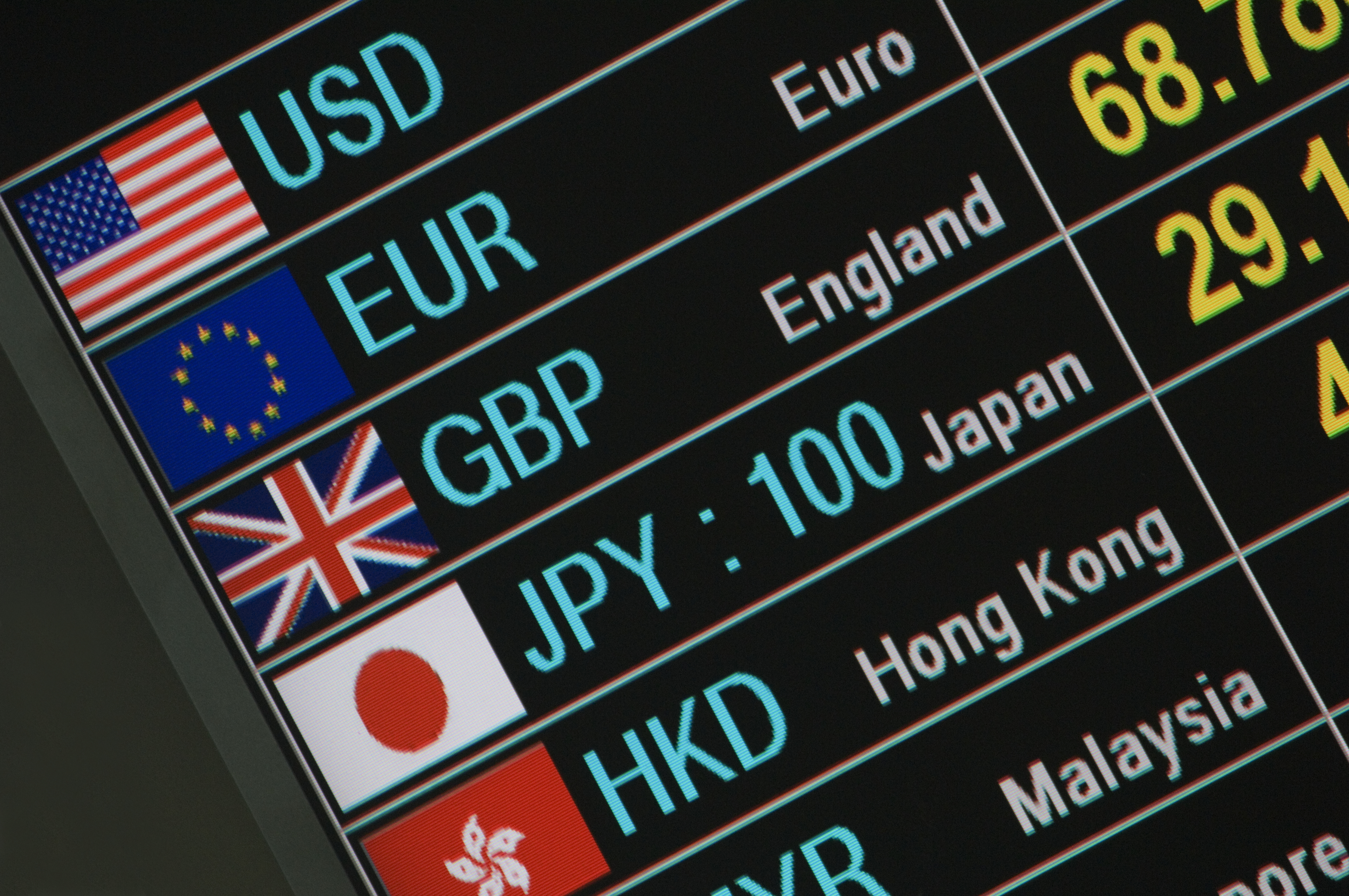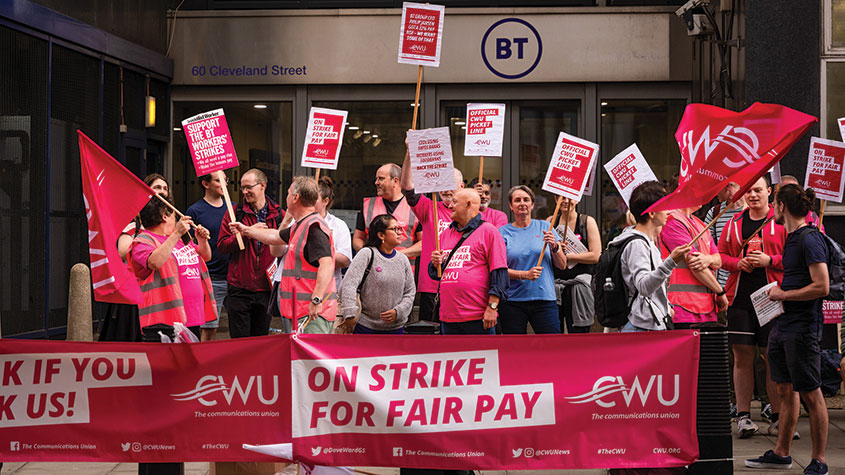The euro’s slide against the US dollar looks set to continue
The euro has been in a bear market against the US dollar for two years now. And on a broader scale since 2008. A decline like that is telling us something. Dominic Frisby explains what it is.


Rhodium is breaking out to new highs above $12,000. Palladium looks equally unstoppable. Gold is now above $1,600. Stocks dipped, as the 30-year US long bond yield slipped below 2%. Bitcoin is back above $10,000. That was just yesterday.
There’s a lot to talk about in today’s Money Morning, but something has caught my eye in recent weeks that I don’t see gaining such widespread coverage, even though it is a far bigger market. That is the collapse of the euro.
The euro has been in a bear market against the dollar since early 2018
You can trace the current bear market in the euro against the US dollar all the way back to early 2018. But the latest leg down only got started on New Year’s Eve, since when it has fallen off the proverbial cliff. It might be Brexit. It might be something else. Who knows? But the euro’s prospects versus the dollar is the subject of today’s Money Morning.
MoneyWeek
Subscribe to MoneyWeek today and get your first six magazine issues absolutely FREE

Sign up to Money Morning
Don't miss the latest investment and personal finances news, market analysis, plus money-saving tips with our free twice-daily newsletter
Don't miss the latest investment and personal finances news, market analysis, plus money-saving tips with our free twice-daily newsletter
Currency markets tell their own little story, often a political one, and the falling euro is telling us something. Here is EURUSD since mid-December 2019, so you can see the drop I’m referring to – from $1.12 to $1.07.

On a long-term chart, of course, it’s just a blip. Here we see the currency pair since the year 2000.

The first eight years of this century – in other words, until the global financial crisis – were the great ones for the currency of the European Union. It almost doubled against the dollar, which is extraordinary for a major currency, going from a low of $0.82 in 2000 to a high of $1.60 in 2008. Since then the euro has been in decline - or the dollar has been strengthening, depending on your point of view.
These are by some margin the largest two currencies in the world. Between them they account for more than 80% of foreign exchange reserves. EUR/USD is the most traded pair in the biggest market in the world. It’s quite easy to make the case that this is the most important price in the world.
I’ve drawn some tramlines on the chart above around the price since 2008, because there is such an obvious and clearly defined trend there. My first observation is just how long these trends in forex can go on for. This bear market has been going on for over ten years. But within that secular bear market there have been substantial counter-trend rallies that have gone on for a year or more.
In 2009, for example; from mid-2010 to mid-2011; from mid-2012 to mid-2014; and in 2017. Get on the right side of those rallies, and you made a lot of money. But the broader trend, nevertheless, has been down.
Don’t bet against the trend – and the trend for the euro is lower
Today we sit at $1.07, having been at $1.12 on New Year’s Eve. US dollar strength has been the main driver of the move, but the euro has been weak against all major currencies – the Japanese yen, the British pound, the Swiss franc, the Canadian dollar – you name it.
Put simply, the current trend is quite clear and, within it, the euro is breaking to new lows. New lows tend to lead to more new lows and the best way to approach them is to sell them.
The $1.03-$1.05 areas are the obvious first target areas – the lows of 2015 and 2017. Should they give way, the next obvious target is the lower boundary of the red tramlines and that would be sub-parity in the $0.92 area.
The last time euro-dollar was at parity was 2002. The investment landscape was a very different place back then. Gold and commodities were just embarking on a multi-year bull market, as were emerging markets. The dollar itself was at the beginning of a bear market. Stocks were in decline after the dotcom bust. Interest rates were considerably higher than they are now.
President Donald Trump is not getting his way. He wants a weaker dollar, and has castigated Federal Reserve chief Jerome Powell for his lack of expansionary monetary policy.
Maybe that will change. Maybe the fact that I am even writing this article and discussing the possibility of EUR/USD parity is in itself a contrarian indicator and the market is about to turn up.
But I am short the euro. We got a sell signal earlier in the year, which I wrote about on these pages, and I will stay short until we get a buy signal. I’ll probably move stops up as $1.03 approaches, in order to protect gains, but this one looks like it’s headed lower.
What does this mean for the eurozone? Its exports are getting cheaper. Its assets are getting cheaper. The relative purchasing power of its people is declining. The European Central Bank’s more expansionary monetary policy (relative to the Fed) is working.
But the bottom line: capital is moving to the US, whether it’s to buy US stocks, bonds or just its currency. The majority is selling euros and buying dollars. The long-, mid- and short-term trends are all down. Don’t make the trend your enemy.
Daylight Robbery – How Tax Shaped The Past And Will Change The Future is available at Amazon and all good bookstores with the audiobook, read by Dominic, on Audible and elsewhere. If you want a signed copy, you can order one here.
Get the latest financial news, insights and expert analysis from our award-winning MoneyWeek team, to help you understand what really matters when it comes to your finances.
Dominic Frisby (“mercurially witty” – the Spectator) is as far as we know the world’s only financial writer and comedian. He is the author of the popular newsletter the Flying Frisby and is MoneyWeek’s main commentator on gold, commodities, currencies and cryptocurrencies. He has also taken several of his shows to the Edinburgh Festival Fringe.
His books are Daylight Robbery - How Tax Changed our Past and Will Shape our Future; Bitcoin: the Future of Money? and Life After the State - Why We Don't Need Government.
Dominic was educated at St Paul's School, Manchester University and the Webber-Douglas Academy Of Dramatic Art.
You can follow him on X @dominicfrisby
-
 FCA proposes new ratings system for workplace pension schemes
FCA proposes new ratings system for workplace pension schemesThe City watchdog has proposed new rules to help ensure pension schemes are providing value for money
-
 Fund inflows hit a six-month high in November – where are investors putting their money?
Fund inflows hit a six-month high in November – where are investors putting their money?Investors returned to the financial markets amid the Autumn Budget in November 2025 but caution remains.
-
 Why you should keep an eye on the US dollar, the most important price in the world
Why you should keep an eye on the US dollar, the most important price in the worldAdvice The US dollar is the most important asset in the world, dictating the prices of vital commodities. Where it goes next will determine the outlook for the global economy says Dominic Frisby.
-
 What is FX trading?
What is FX trading?What is FX trading and can you make money from it? We explain how foreign exchange trading works and the risks
-
 The Burberry share price looks like a good bet
The Burberry share price looks like a good betTips The Burberry share price could be on the verge of a major upswing as the firm’s profits return to growth.
-
 Sterling accelerates its recovery after chancellor’s U-turn on taxes
Sterling accelerates its recovery after chancellor’s U-turn on taxesNews The pound has recovered after Kwasi Kwarteng U-turned on abolishing the top rate of income tax. Saloni Sardana explains what's going on..
-
 Why you should short this satellite broadband company
Why you should short this satellite broadband companyTips With an ill-considered business plan, satellite broadband company AST SpaceMobile is doomed to failure, says Matthew Partridge. Here's how to short the stock.
-
 It’s time to sell this stock
It’s time to sell this stockTips Digital Realty’s data-storage business model is moribund, consumed by the rise of cloud computing. Here's how you could short the shares, says Matthew Partridge.
-
 Will Liz Truss as PM mark a turning point for the pound?
Will Liz Truss as PM mark a turning point for the pound?Analysis The pound is at its lowest since 1985. But a new government often markets a turning point, says Dominic Frisby. Here, he looks at where sterling might go from here.
-
 Are we heading for a sterling crisis?
Are we heading for a sterling crisis?News The pound sliding against the dollar and the euro is symbolic of the UK's economic weakness and a sign that overseas investors losing confidence in the country.
